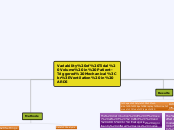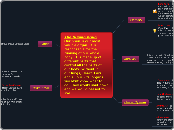da Wendy Julieth Rodriguez Vaca mancano 6 anni
165
variability of volume
The study investigated the impact of different ventilation modes on Tidal Volume (VT) in patients with Acute Respiratory Distress Syndrome (ARDS). It was found that using Airway Pressure Release Ventilation (









